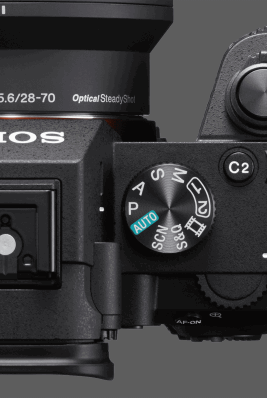We’ve all been there. You plan a shoot, pack your gear, and hit the road early. Everything is lining up. But then the clouds roll in. Or worse, the midday sun turns the landscape flat and washed out. It's the kind of light that tests your creativity, the sort that doesn’t scream 'portfolio shot' at first glance.
However, here’s the truth - I’ve shot some of my favourite images when the light was far from ideal.
Below I share what I’ve learnt from those conditions, and why I think every beginner should keep the camera out, no matter what the forecast or time of the day says.
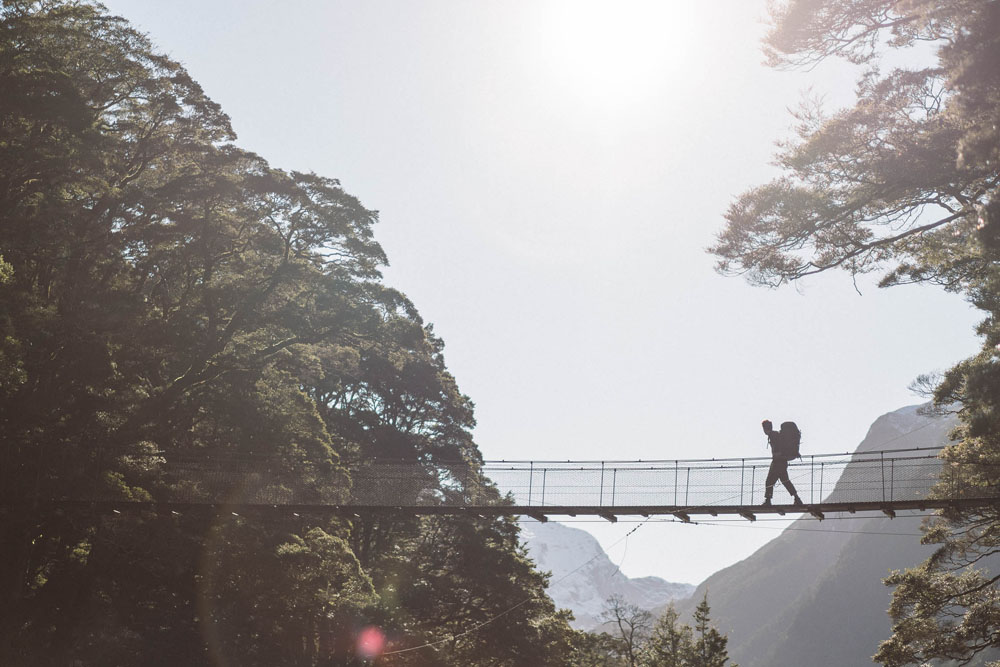
Shoot Anyway
It doesn’t have to be perfect. Honestly, the more time you spend shooting in tricky conditions, the more you’ll learn. Harsh, flat or overcast light forces you to think differently. Composition, emotion, texture, they all come into play more than just relying on pretty golden light.
Some of my best landscape images were taken in muted light where colour didn’t matter, but mood did, remember that sometimes colour can be a distraction. It’s not about ticking boxes. It’s about staying curious and working with what’s in front of you.
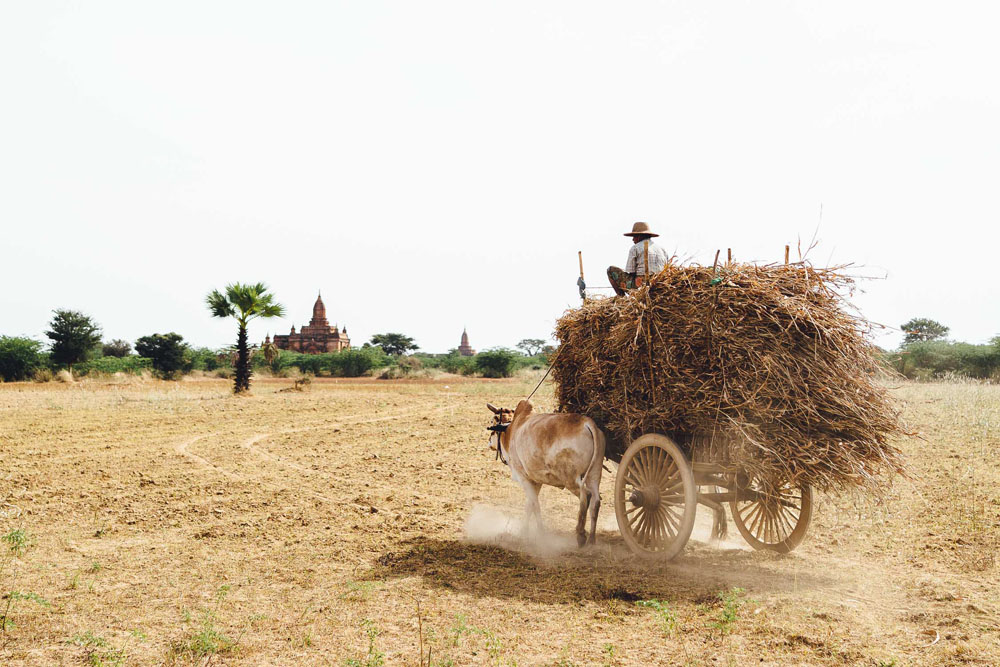
Flat Light is Good for Simplifying Things
Cloudy days simplify a scene. They strip away harsh shadows and bright highlights, letting you focus more on shapes, textures and mood. Forests are a great example in bright light, they can be messy and chaotic, with intense contrast between light and dark patches that pull the eye in too many directions. But in flat light, everything settles. You get a chance to isolate details and tell a cleaner visual story.
That said, soft light also reduces overall contrast and punch. Colours mute, the drama fades, and some scenes can lose their impact.
To bring that sense of energy back, look for other types of contrast. Use depth a shallow depth of field with soft bokeh can separate your subject. Layer light and dark tones into your composition. Find strong edges or lines. Flat light isn’t bad, it just means shifting your approach.
In flat light, try composing with branches or leaves overhead, bringing your subject up into the sky adds depth and visual interest to what might otherwise be a plain, empty backdrop.
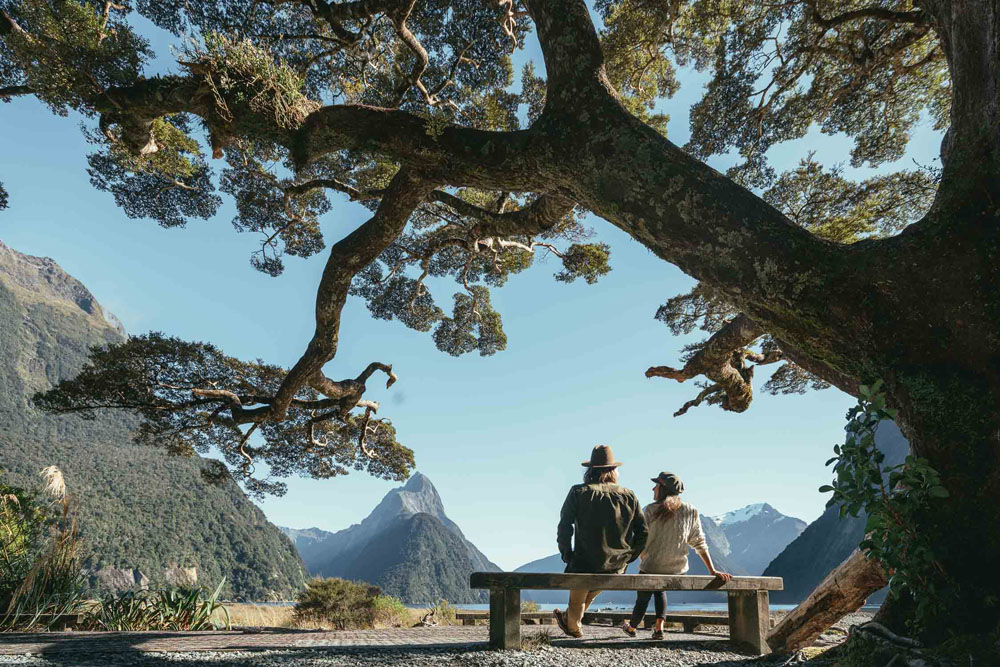
Harsh Light? Embrace the Contrast
The toughest time of day for most photographers is that midday harsh overhead light, roughly 11am to 3pm. But if you lean into it, you can make it work. Look for strong shapes, bold contrasts, graphic scenes. Deserts, rocks, huts, alpine ridge lines, they all look powerful in high contrast.
Forests, though tricky in direct light, can offer pockets of drama. A single shaft of light hitting a mushroom or sapling can become the entire story. Look for those moments, where contrast is natural and intentional.
Try black and white. Try silhouettes. Use the shadows to your advantage. The goal isn’t to fake golden hour, it’s to find something interesting in what’s real.
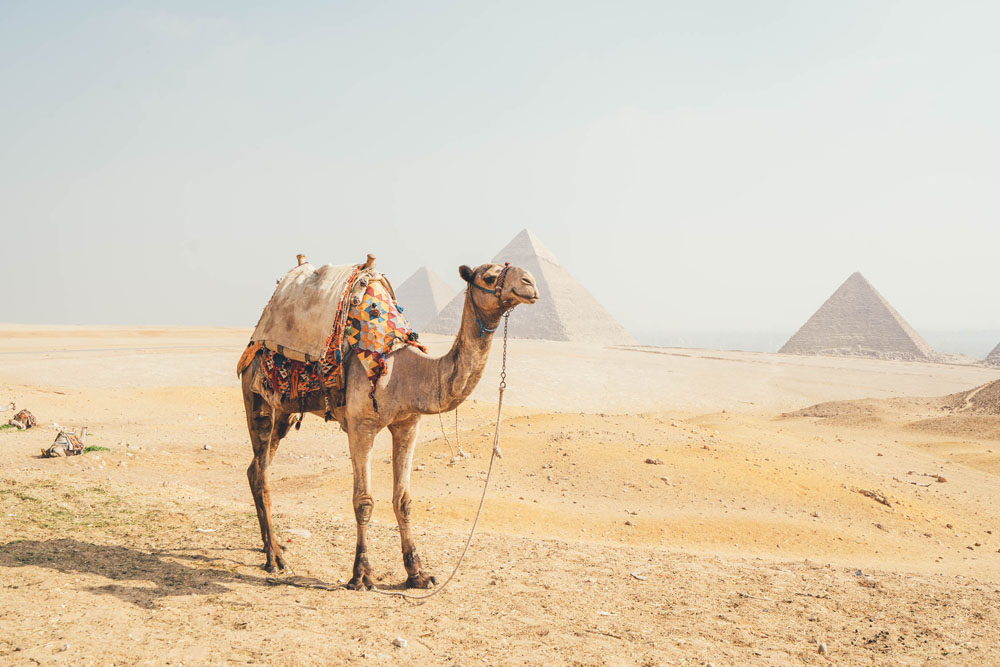
Let Go of the Hero Shot
Not every shoot has to deliver a banger. Key is learning your gear, understanding how different light behaves, and figuring out how to use it to your advantage. That’s when creativity kicks in, when you push past the obvious, react to tough conditions, and tell a fuller story. Sometimes the best images are the ones you didn’t plan – they just happen when you’re paying attention.

What I Shoot With
A great camera I recommend from beginners through to professionals is the Sony a7C II. It’s compact, capable, and easy to carry while travelling. It has great dynamic range and the colour science suits how I like to edit realistic to life. It's light enough to not feel like a chore, and paired with the right lens, it covers just about everything.
Most often I’ll carry the FE 24-105mm f/4 G OSS. It’s sharp, flexible and covers the sweet spot for travel, from wide landscapes to tighter shots without swapping lenses.
If I want something faster or more compact, I’ll go with the new FE 24-50mm f/2 G. It's got the low light edge, shallower depth of field and still feels balanced on a small body.
For those chasing ultra-wide forest or astro shots, the FE 16mm f/1.8 is worth a look - it’s sharp, fast and compact. And if you want the shallowest depth of field possible in a walk-around lens, the new FE 28-60mm f/2 is a solid option. It's a bit heavier, sure, but some won’t mind that trade-off.
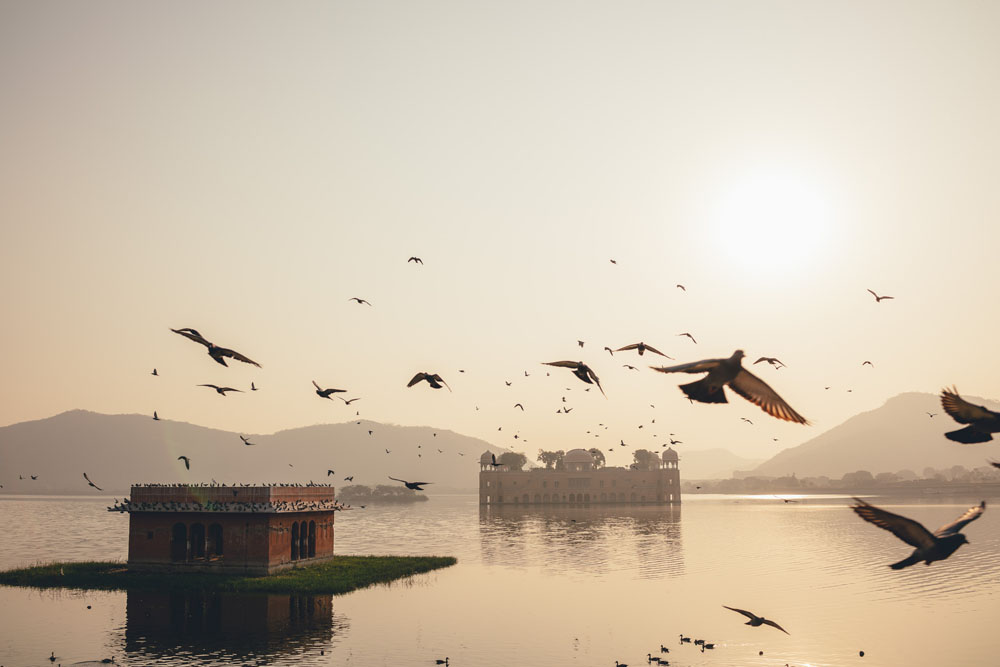
Final Takeaway – Keep the Camera Out
There’s always something to shoot. Even if the conditions aren’t what you imagined. The more you shoot in tough light, the faster you’ll learn, the better you’ll adapt, and the more confident you’ll get.
Don’t wait for perfect. Just show up and keep clicking. The story’s still there, it’s just hiding in plain sight.









